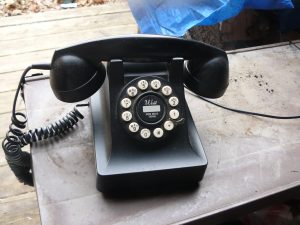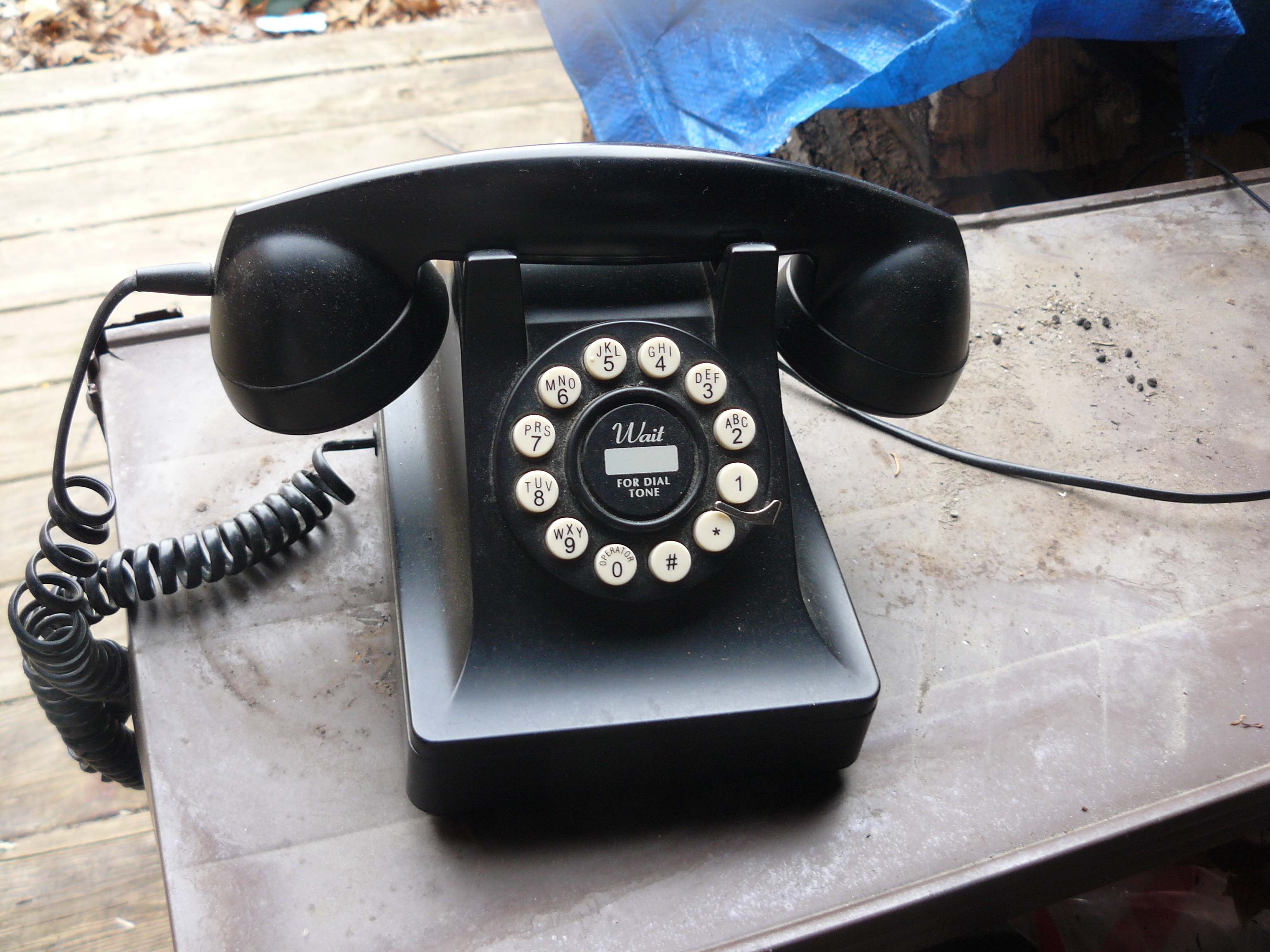Emily Dickinson’s True Love
When a family puts all their unwanted stuff out on racks and tables in the driveway, besides the bargains you might find on pillowcases and winter coats, you also get a glimpse into their lives — the Nordic Trak that Dad ordered from TV and never wound up using, the Babysitters’ Club books a young daughter may have read alongside some YA novels by Judy Blume that she moved on to, and a volume of Yeats’ poetry signed by an English teacher she may have had a crush on.
Elbow and knee pads and rollerblades and a skateboard that Junior used to cruise around on before he settled in the basement with his video games, and the crafting materials that Mom used to make angels and Santas for Christmas displays.
Then sometimes you come to an estate sale where the whole house is open and everything’s for sale except the armoire and the four-poster bed. I always feel a certain reverence at estate sales — not just the religious icons and statuary on the dresser, but the jars of screws and nails on the workbench in the basement. This isn’t just a work in progress; this is the whole show, beginning to end.
 I found the consummate estate sale this fall in Pelham. I came in through the stately old barn. All the tools and machinery were long gone, but the sturdy hand-hewn beams told the story of a family that had farmed those rolling hills for generations.
I found the consummate estate sale this fall in Pelham. I came in through the stately old barn. All the tools and machinery were long gone, but the sturdy hand-hewn beams told the story of a family that had farmed those rolling hills for generations.
The house itself was immaculate. Not just tidied up for the sale. The whole place was spotless and beautifully furnished.
It was clearly the realm of a world-class grandma because there was a place for children to play in the kitchen and some beautiful children’s books, including one about Andre the seal that I immediately picked up. I know a mom who met Andre and she has a little girl.
I was also able to pick up two beautiful solid wood bookcases — can’t have enough of those — and an old-fashioned dial telephone refitted with push buttons.
But the big score was in the bedroom, where I found ‘The Lost Towns of the Quabbin Valley’ by Elizabeth Peirce. It’s part of Arcadia Publishing’s Images of America series; you’ve probably seen one about your town. My housemate is writing a story about the Quabbin and the lost towns, and she says this book has been super helpful.
Not only that, there was a copy of ‘A Hedge Away: The Other Side of Emily Dickinson’s Amherst’ by Daniel Lombardo, who was in charge of the Jones Library’s special collections for many years. In mint condition.

This book has everything: shootings, poisonings, the ‘ice cream war’ between the rival hat factories, a minister who had his wife committed to an asylum for opposing slavery, blizzards, tornados, dams bursting, murderous cider binges, you name it. It’s arranged anecdotally by theme with titles like ‘Sending Missionaries to Shutesbury’ and ‘The Russian Count, the Heiress, and All the Spicy Particulars.’
This book also capped, for me, the debate about Emily Dickinson’s true love. It was Judge Otis Lord, a friend of her father. Emily had his picture in her room, her maid Maggie saw them embracing, and Emily wrote him numerous flirtatious letters.
As for the ‘spicy particulars’ of their relationship and the question of whether Emily Dickinson ‘died wondering’ as my grandmother would say, I think even after all these years that is none of our business.
We do know Emily’s brother Austin used to meet his mistress at Emily’s house, and anyone who has been there knows there could have been no secrets about what was going on.
But the question of whether Judge Lord was her true love is pretty much settled by Lombardo’s account of her funeral, where he quotes her friend Thomas Wentworth Higgingson:
“E.D.’s face was a wondrous restoration of youth. She is 55 and looked 30, not a gray hair or wrinkle and perfect peace on the beautiful brow… The sister Vinnie put in two heliotropes by her hand, ‘to take to Judge Lord.’” If anyone knew Emily Dickinson’s heart, it was her sister Lavinia.

December 30, 2020 @ 7:38 pm
A fascinating tale!